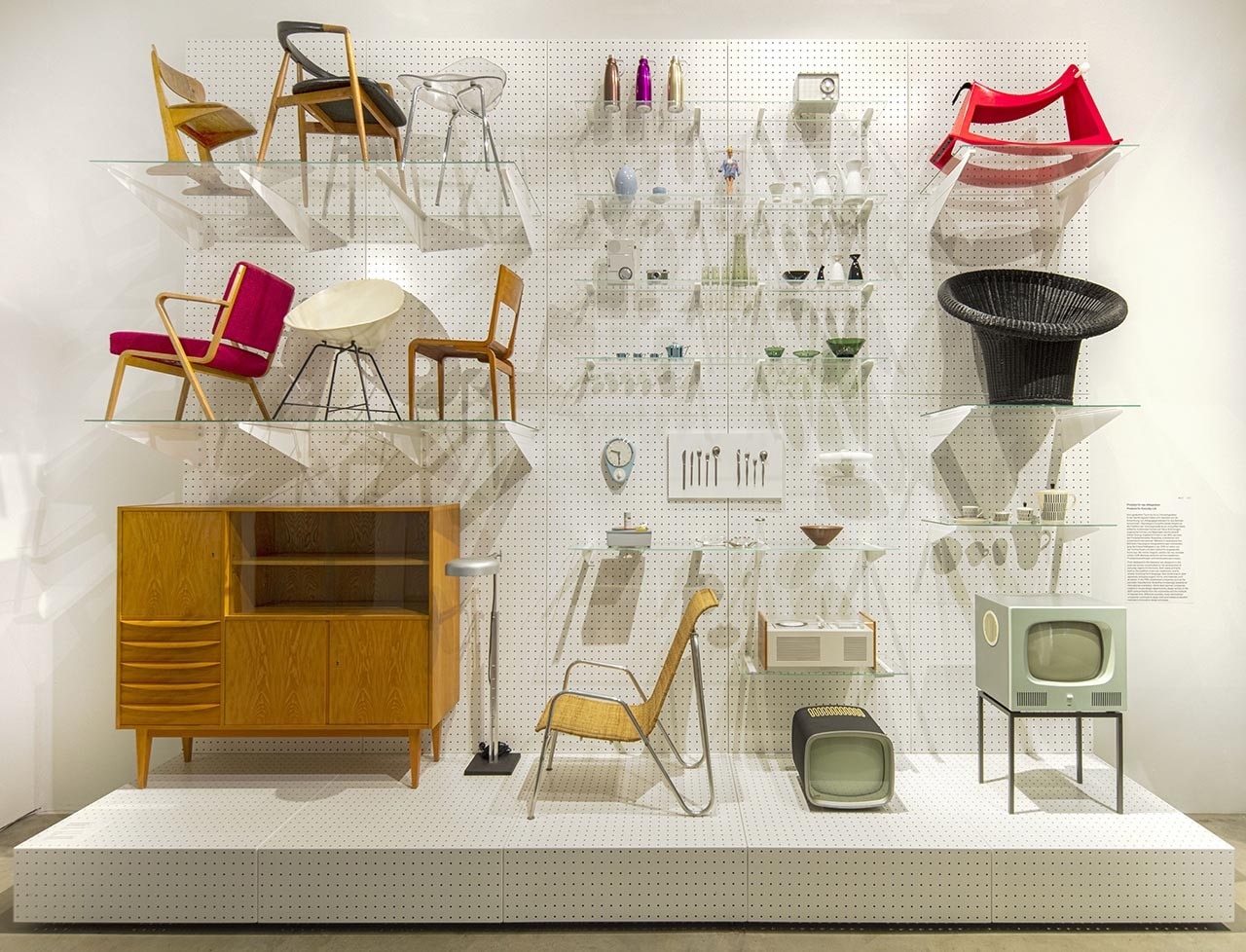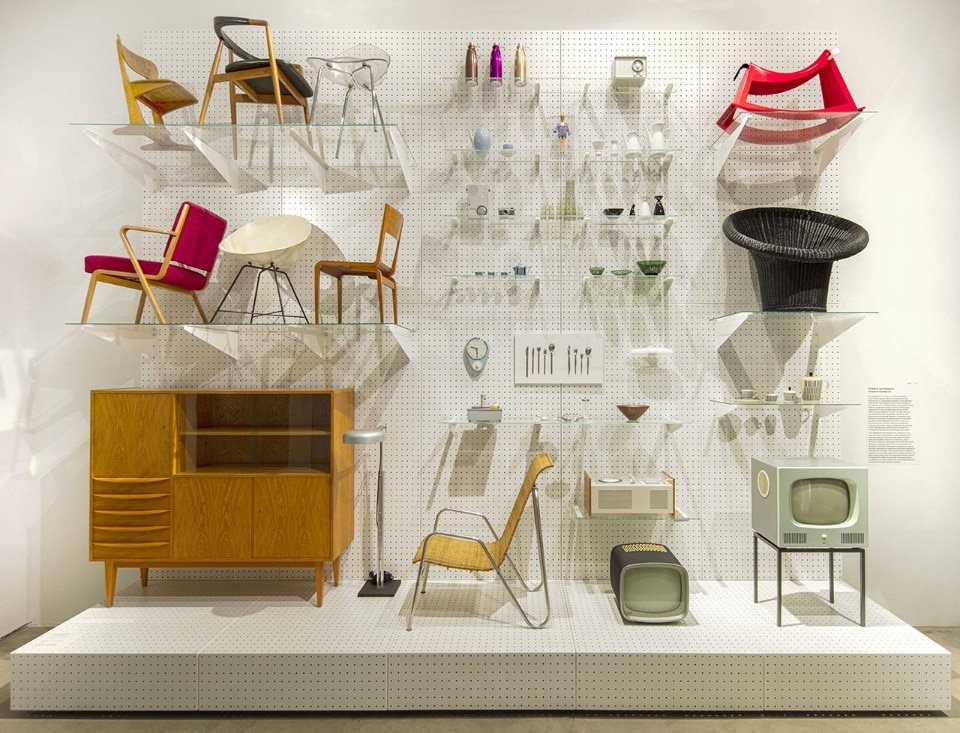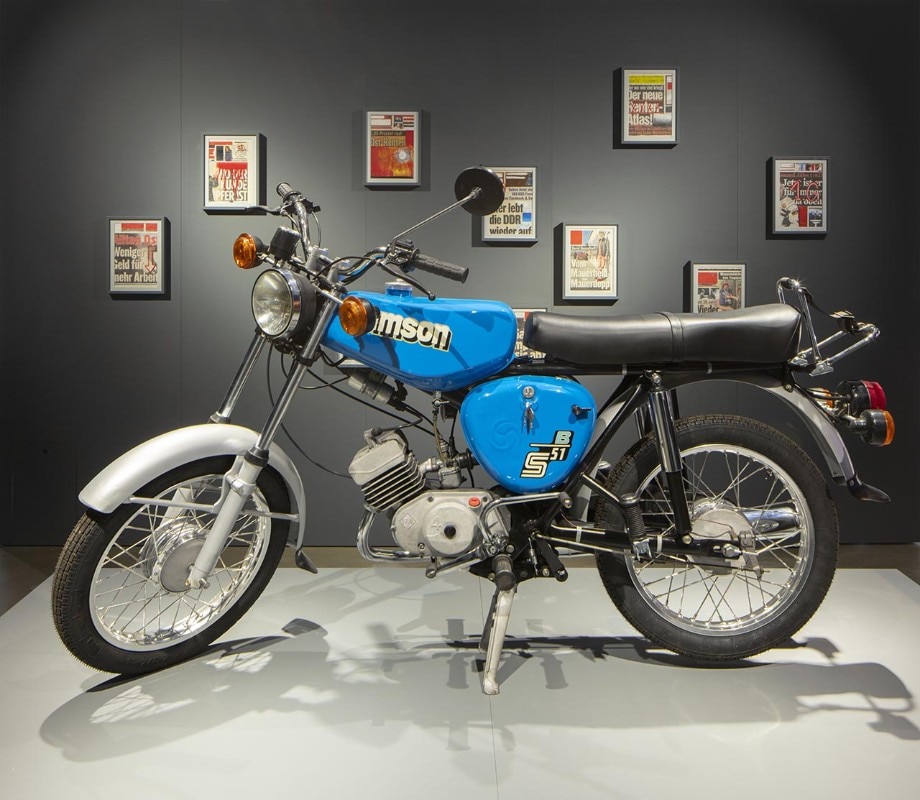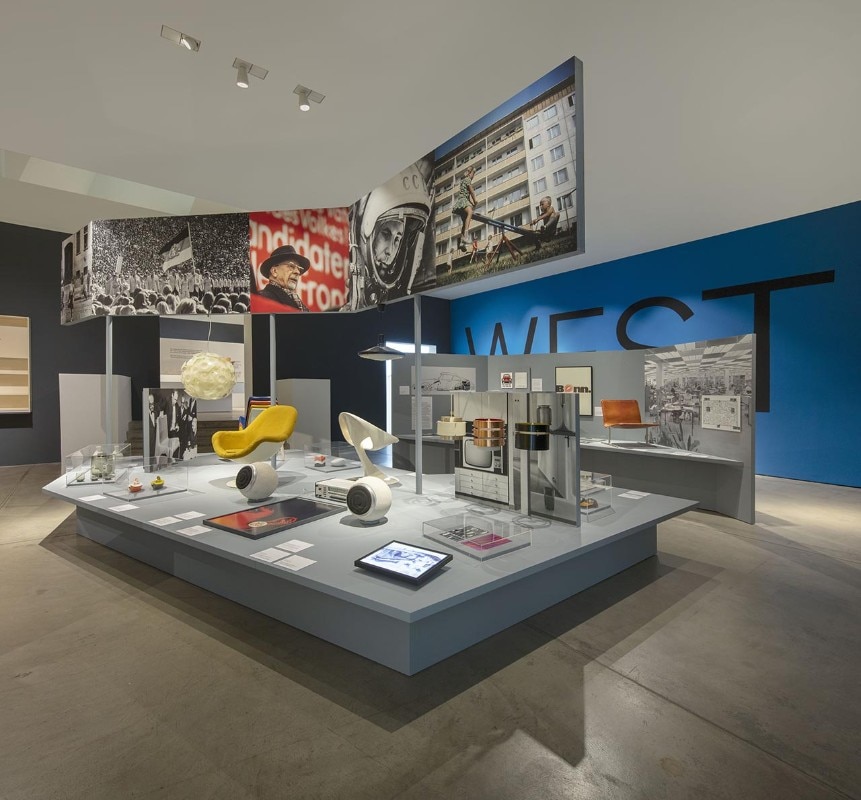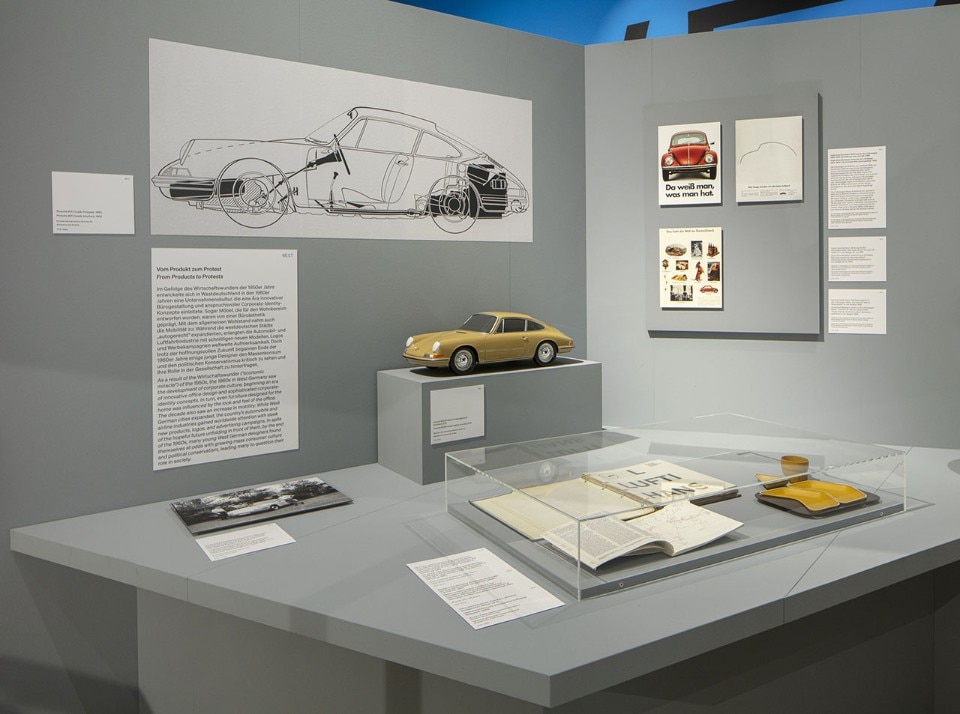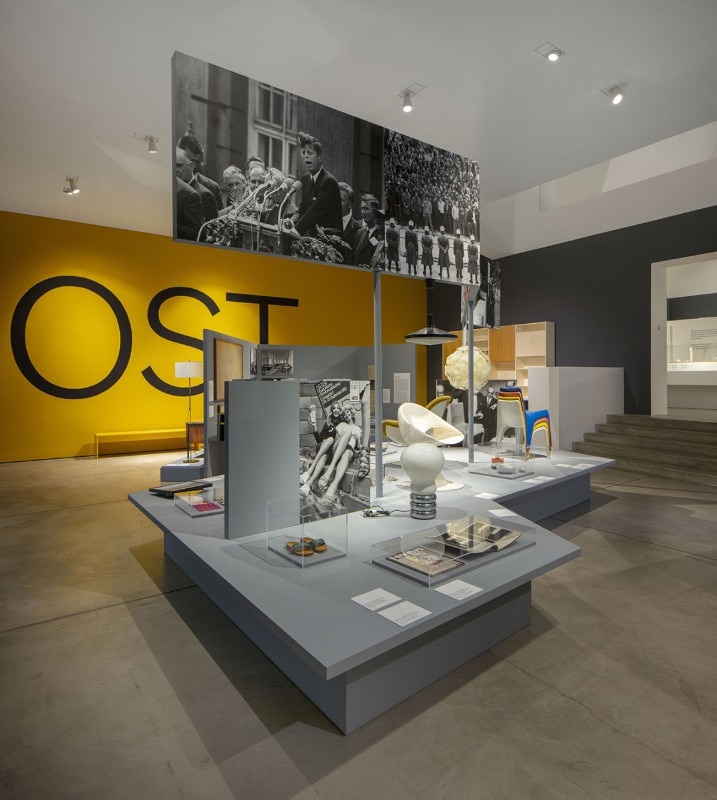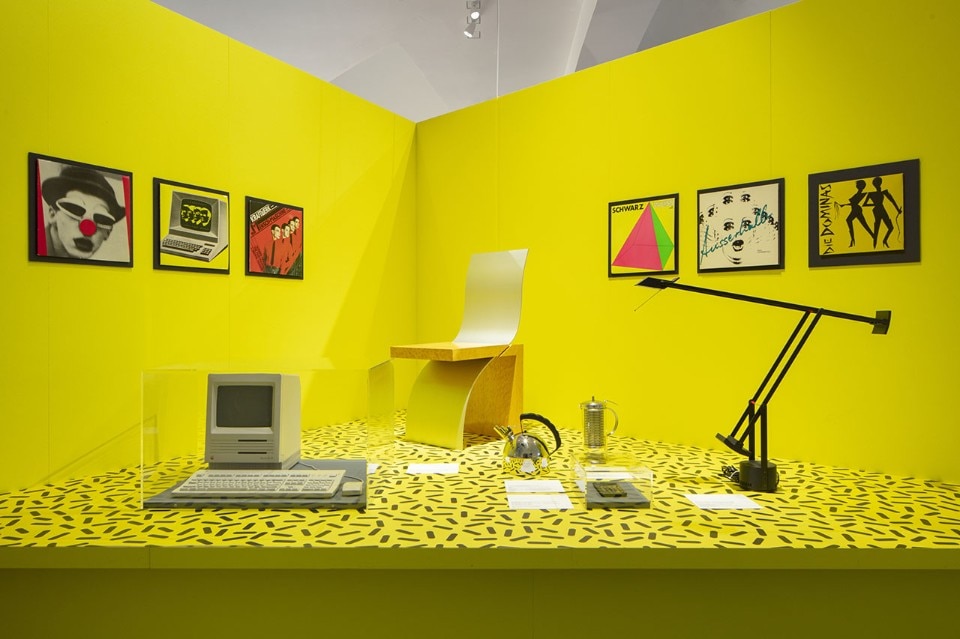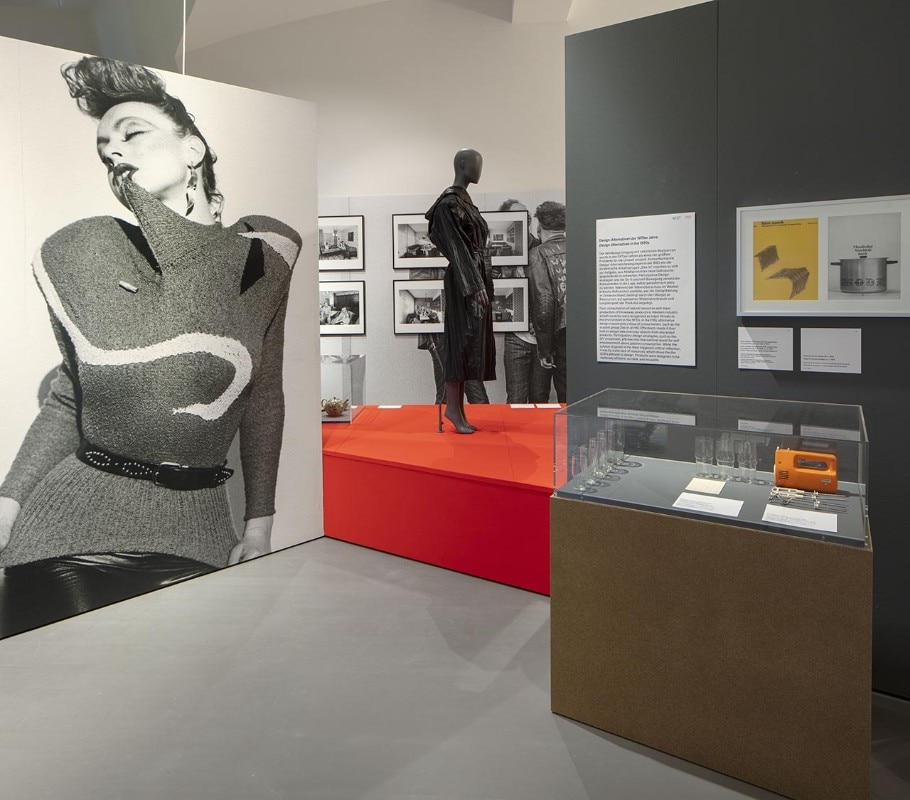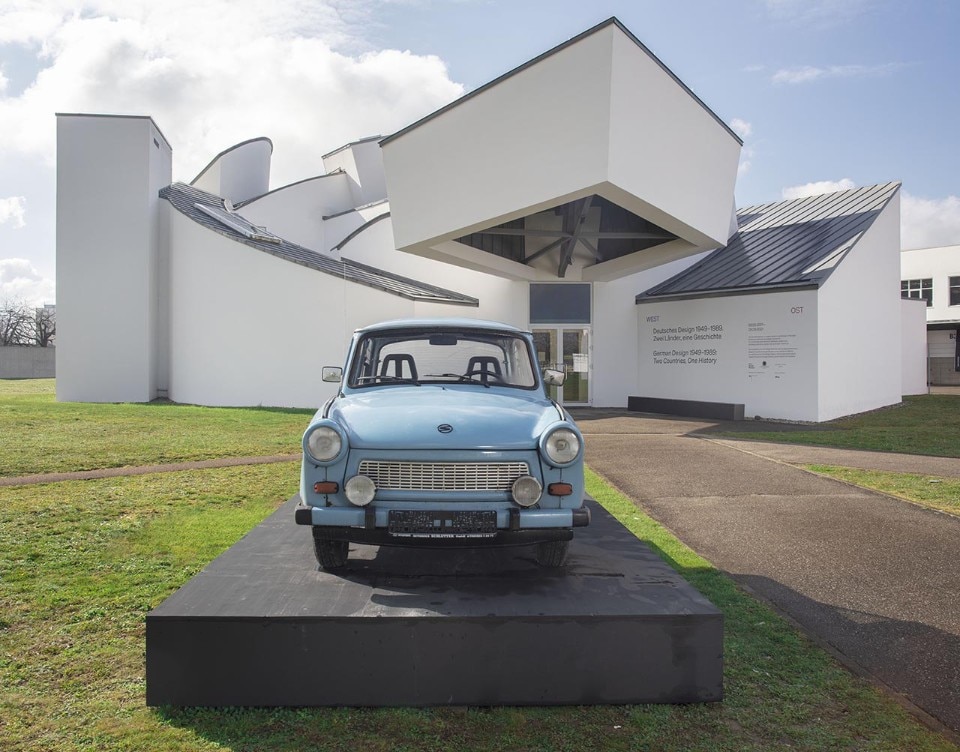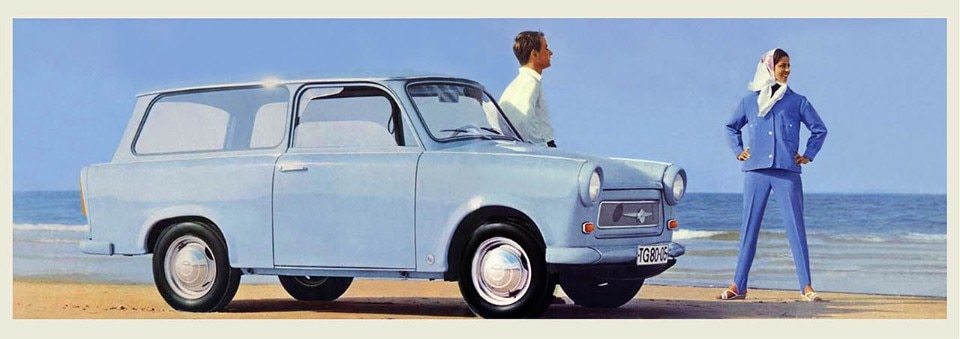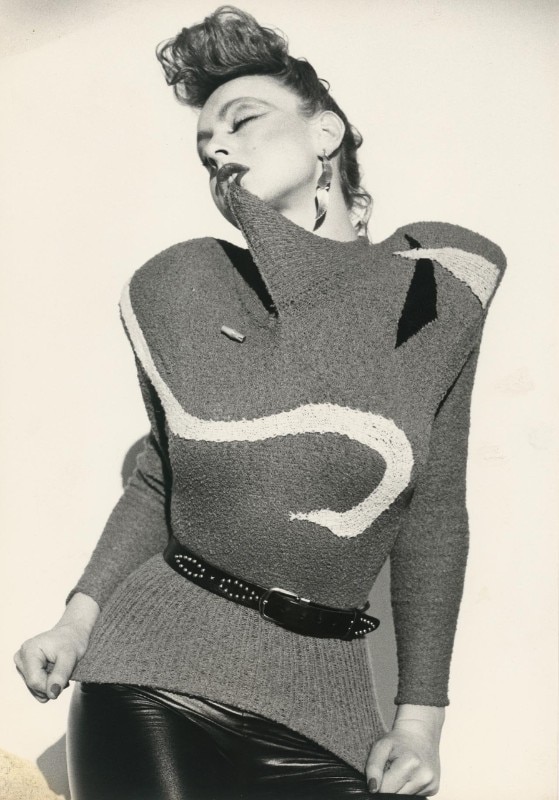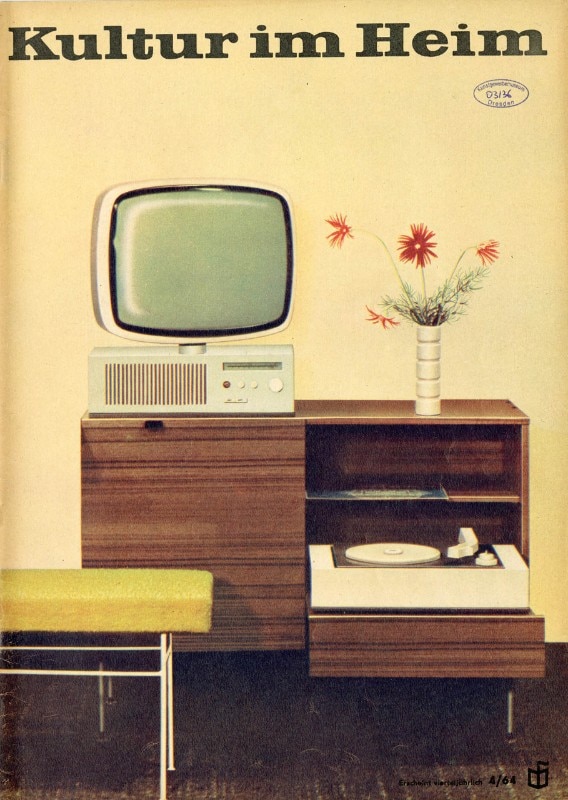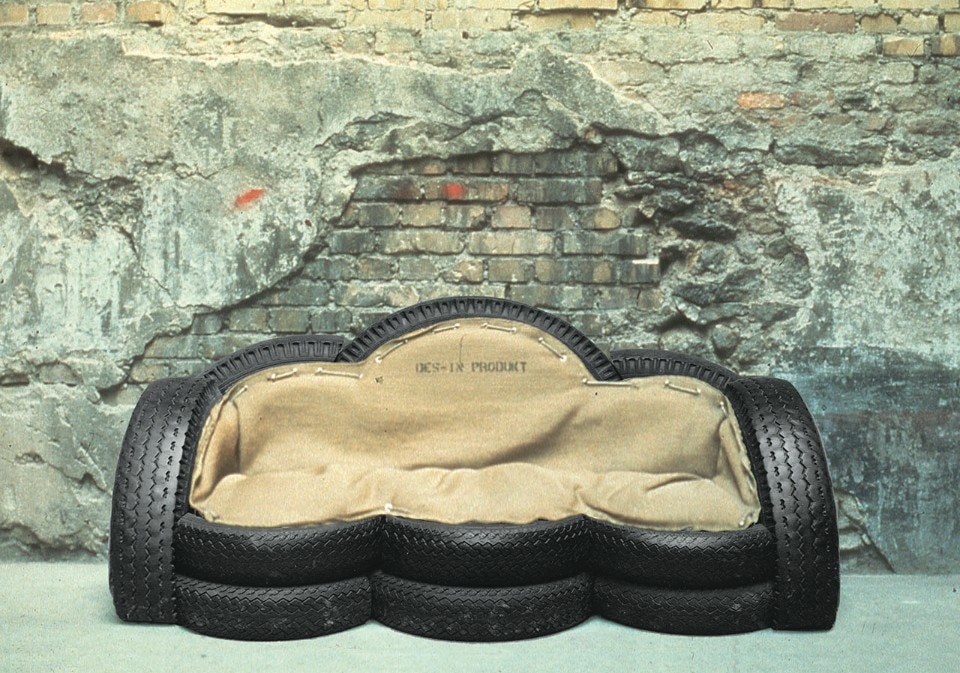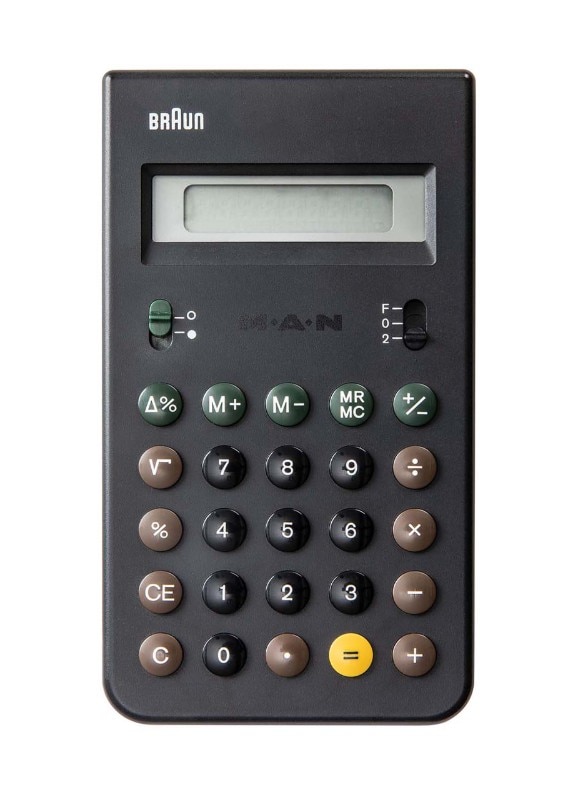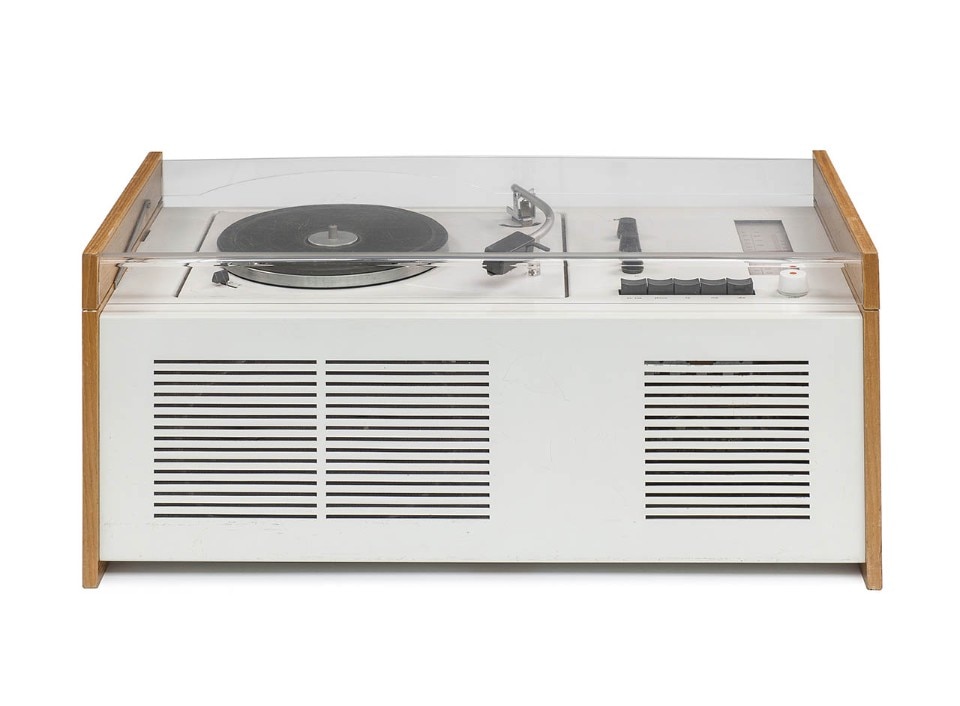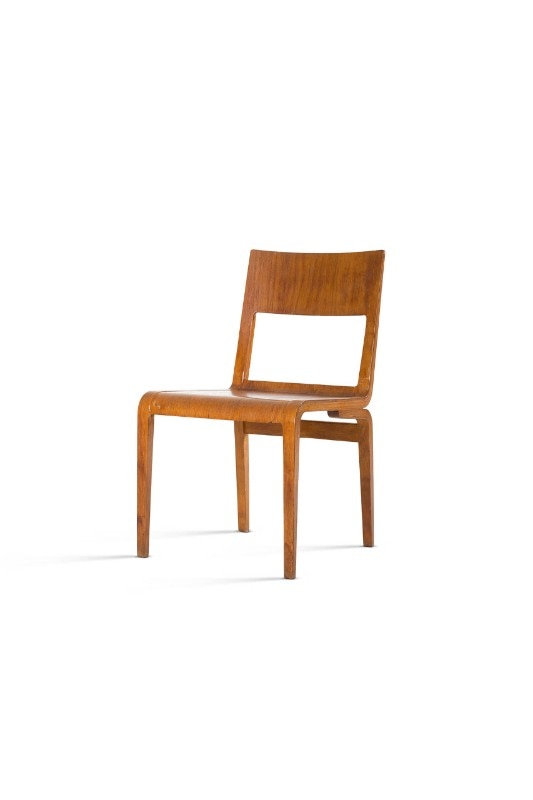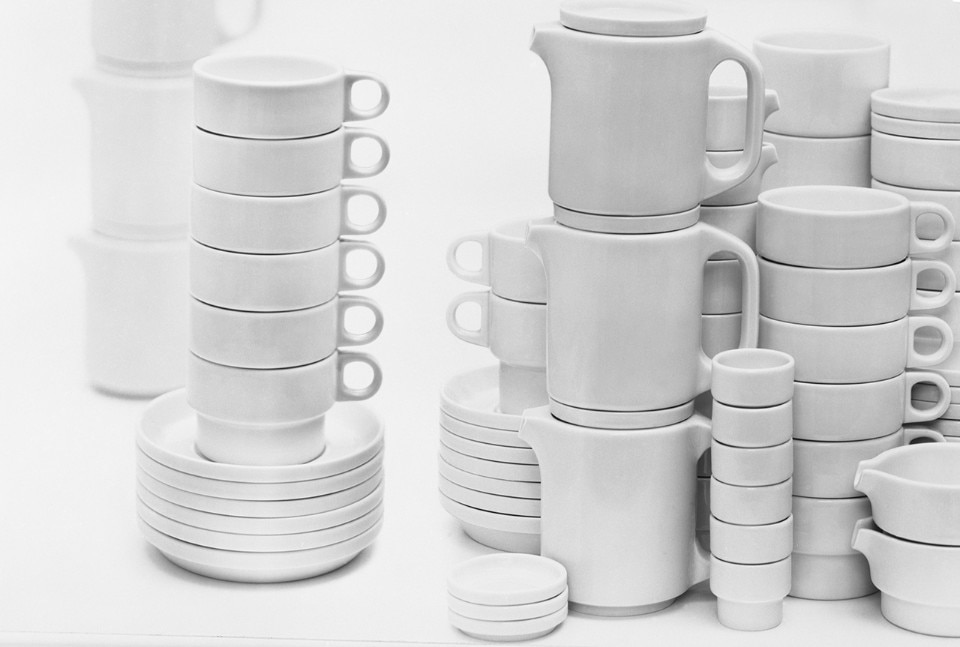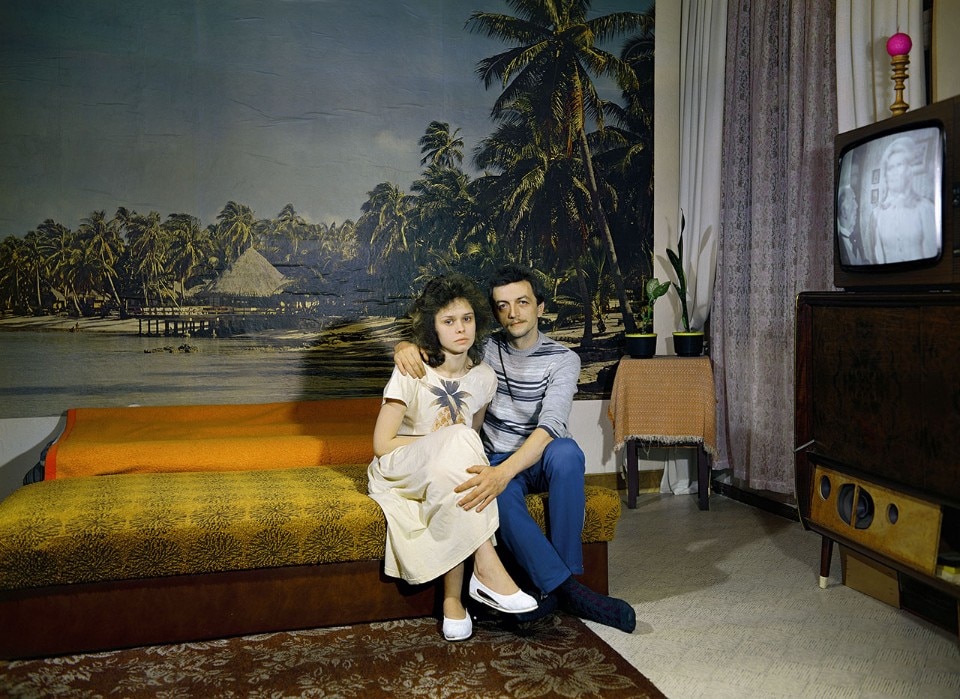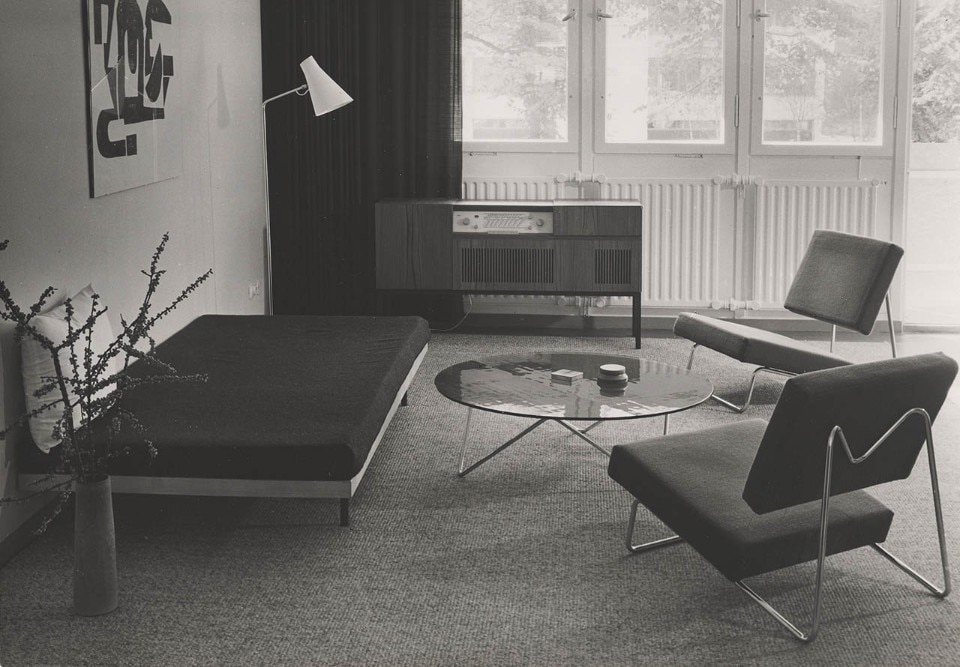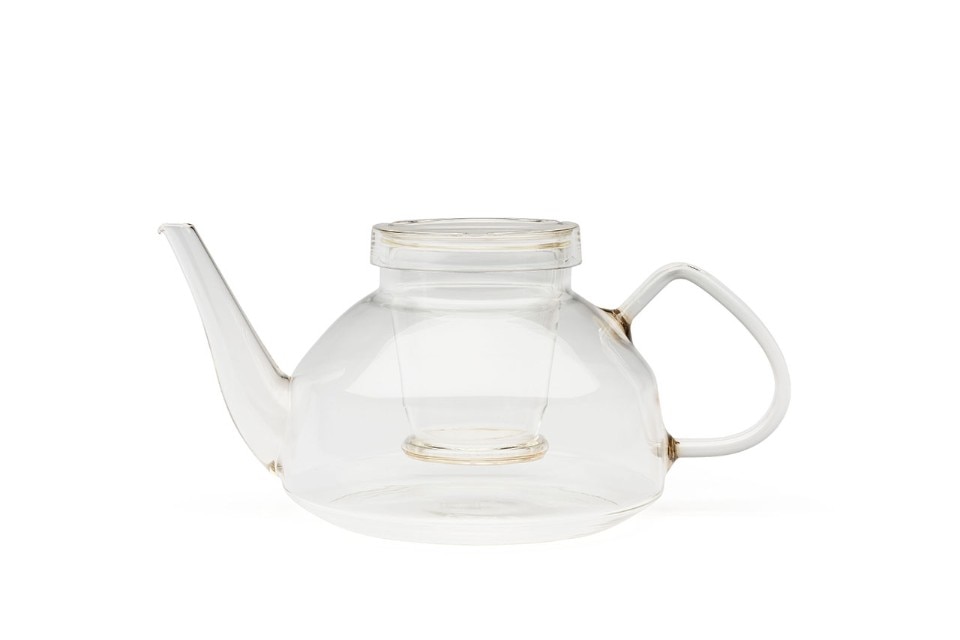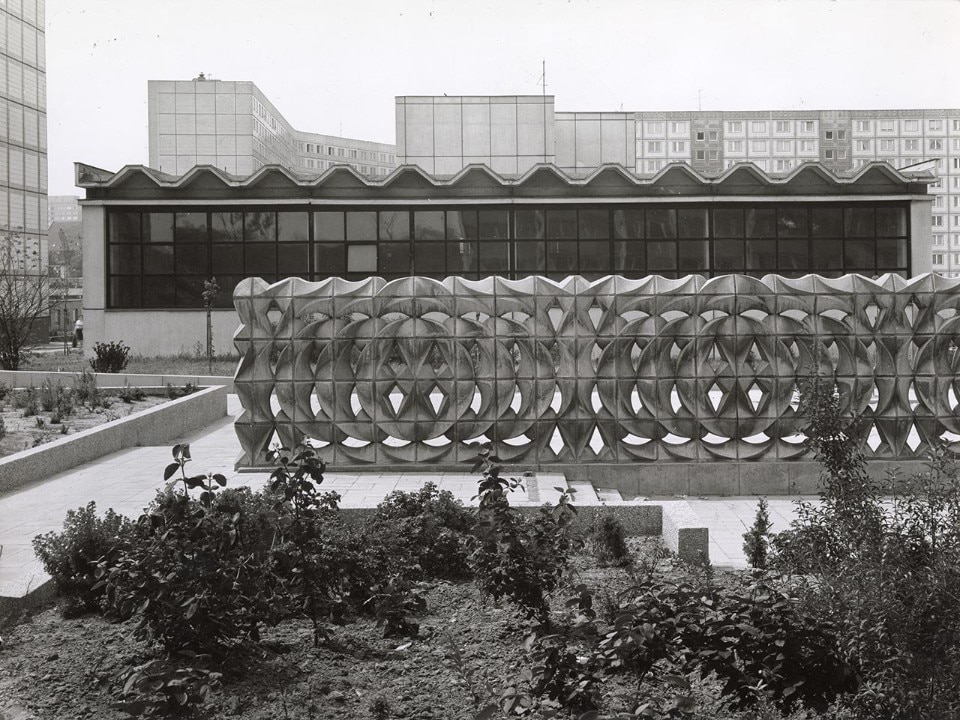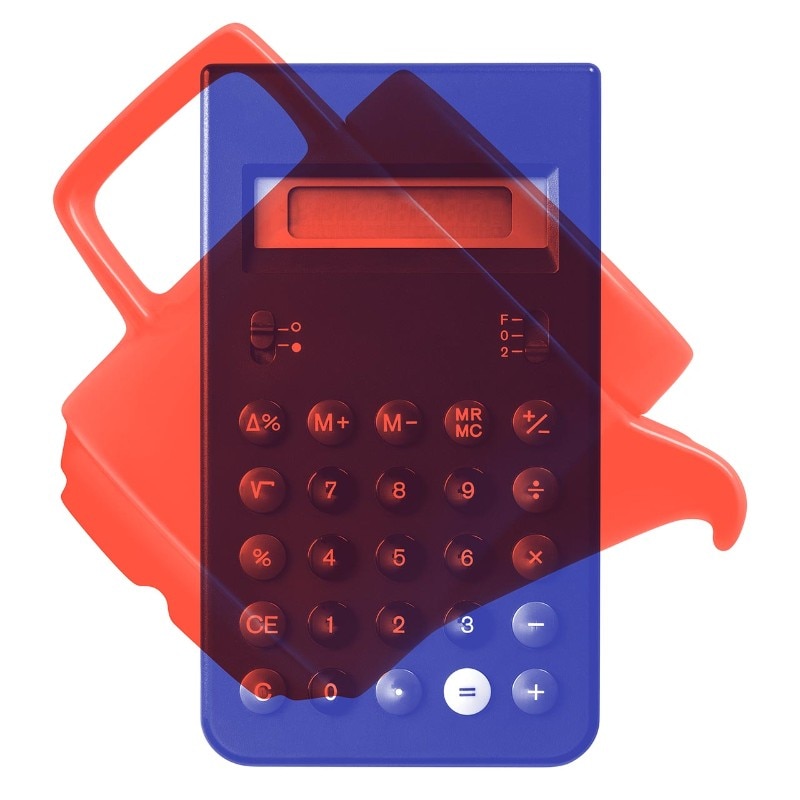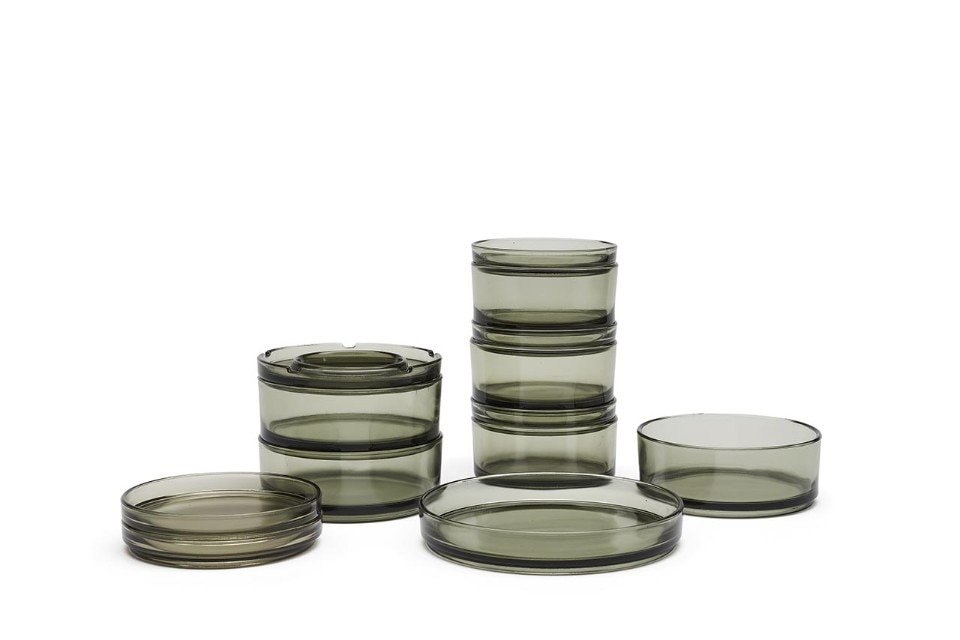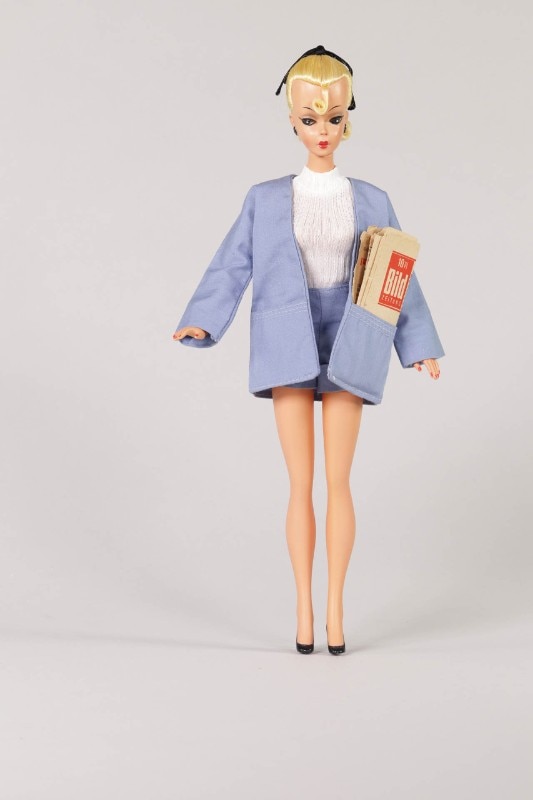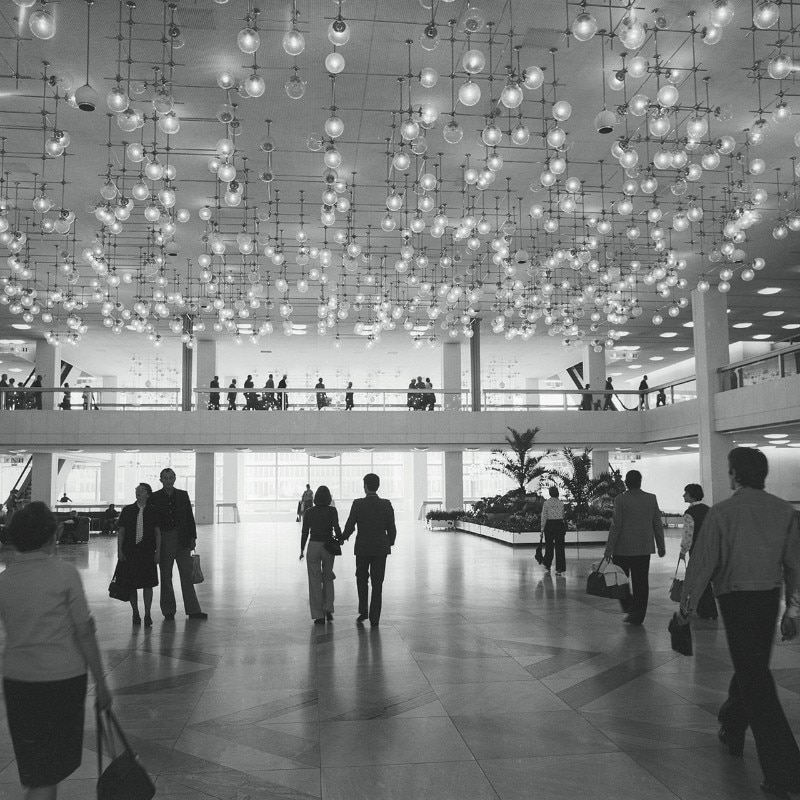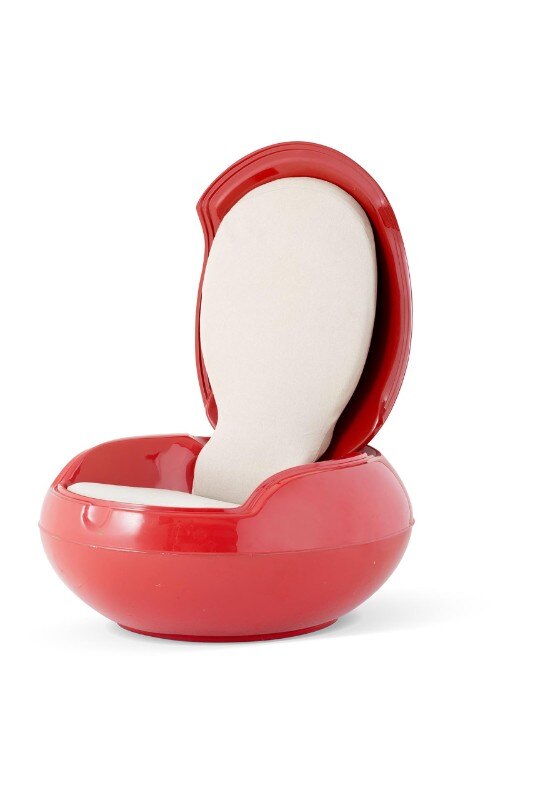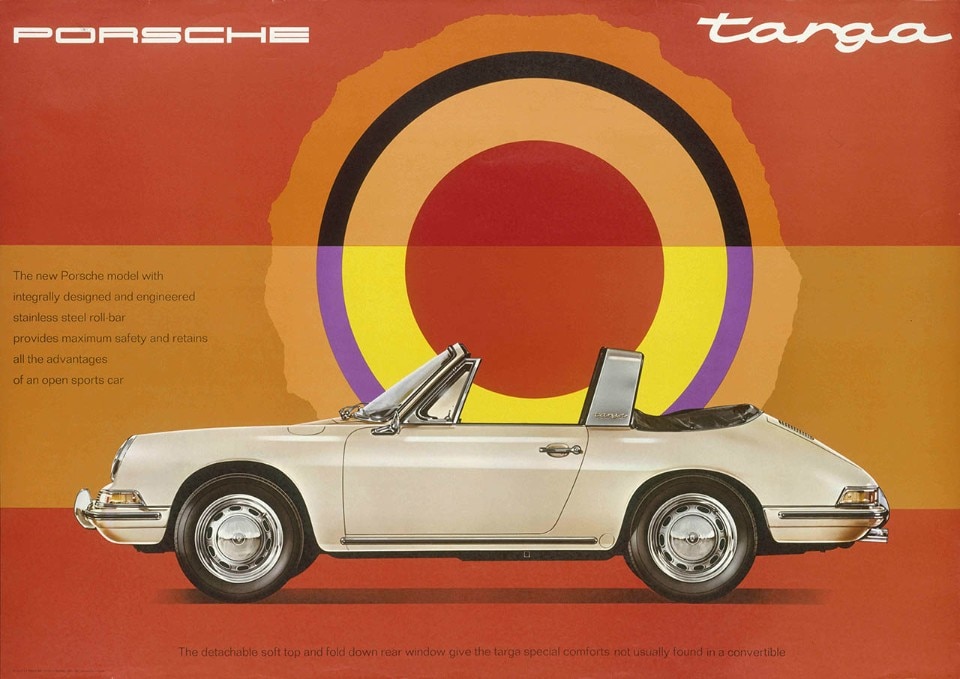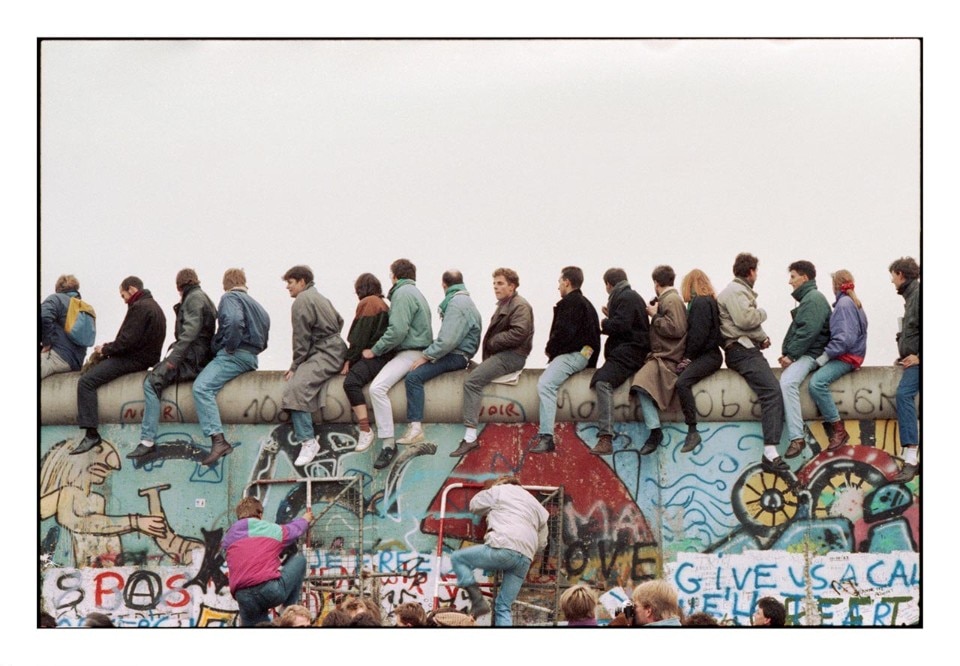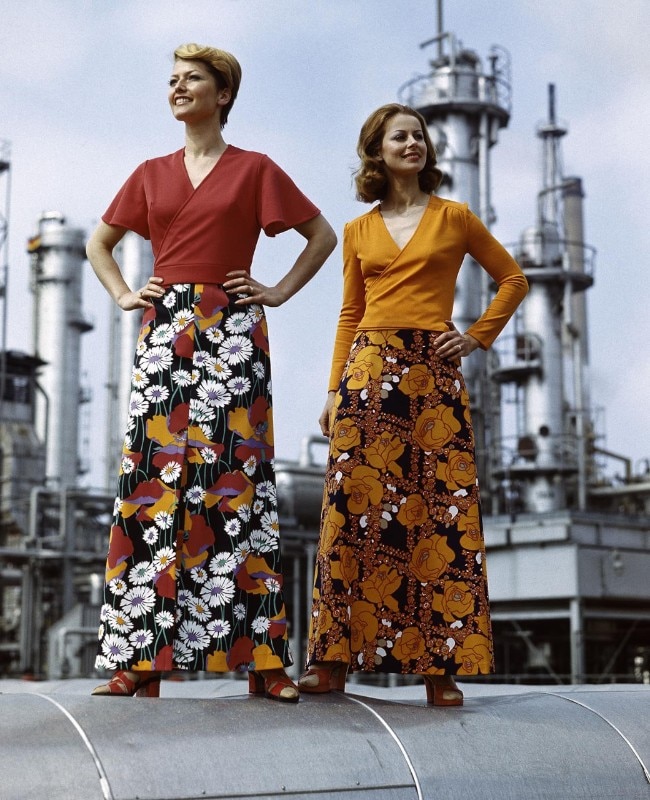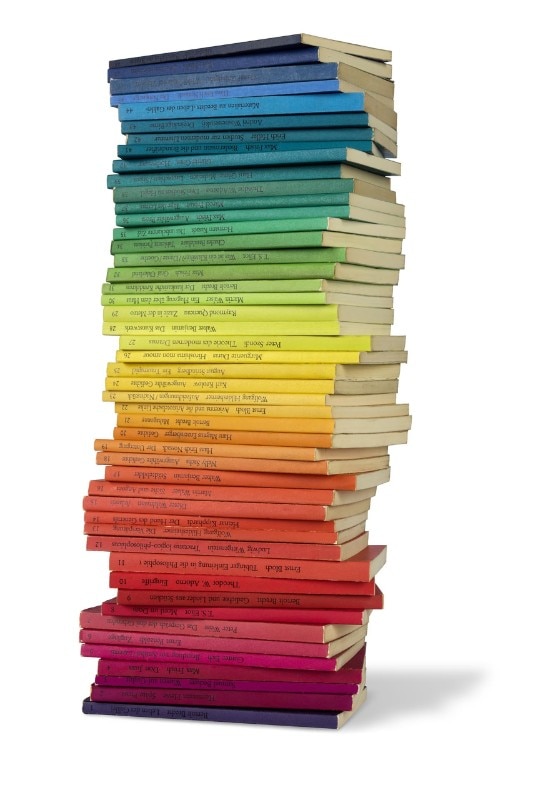He defines it as "one of the most important projects carried out by the museum since its opening": in the virtual press conference for the opening of "German Design 1949-1989: Two Countries, One History", Vitra Design Museum director Mateo Kries emphasizes that no exhibition, in Germany or internationally, has ever examined the design of the two German blocs during the Cold War, merging them into a single narrative. The convergent approach claimed by the museum is therefore a new opportunity to overcome the many clichés that plague a historiography still limited by the celebration of the virtuous model of the "gute Form", on the one hand, and of a taste imbued with ostalgie, on the other.
The two hundred and fifty objects on display - furnishings, tableware, small appliances, toys and clothing, not to mention automotive icons such as the Trabant and the Porsche - are the result of a careful selection conducted among archives, museums and institutes throughout Germany. In spite of the obvious dissonance between the capitalist model and the socialist state economy, the common roots of the Werkbund and the Bauhaus, but also some curious interrelations in the diffusion of the same objects on both sides of the wall, bring them together. One case among all highlighted by the curators, the Garden Egg Chair designed by Peter Ghyczy in 1968 in Federal Germany, which is found in a very similar guise - and preserving the same informal spirit - even in the houses of the DDR. Also common, finally, is the reliance on design as a tool to give form, in the East as in the West, not only to the material culture of reconstruction, but also to the persuasive appeal of the ideology and the economic model it embodied.
- Program:
- Exhibition
- Title:
- German Design 1949–1989 Two Countries, One History
- Curators:
- Erika Pinner, Vitra Design Museum Klára Němečková, Kunstgewerbemuseum, Staatliche Kunstsammlungen Dresden
- Assistant curators:
- Mea Hoffmann, Isabelle Schorer, Vitra Design Museum
- Curatorial assistant:
- Fine Kugler, Kunstgewerbemuseum, Staatliche Kunstsammlungen Dresden
- Exhibition design:
- Konstantin Grcic
- Location:
- Vitra Design Museum


